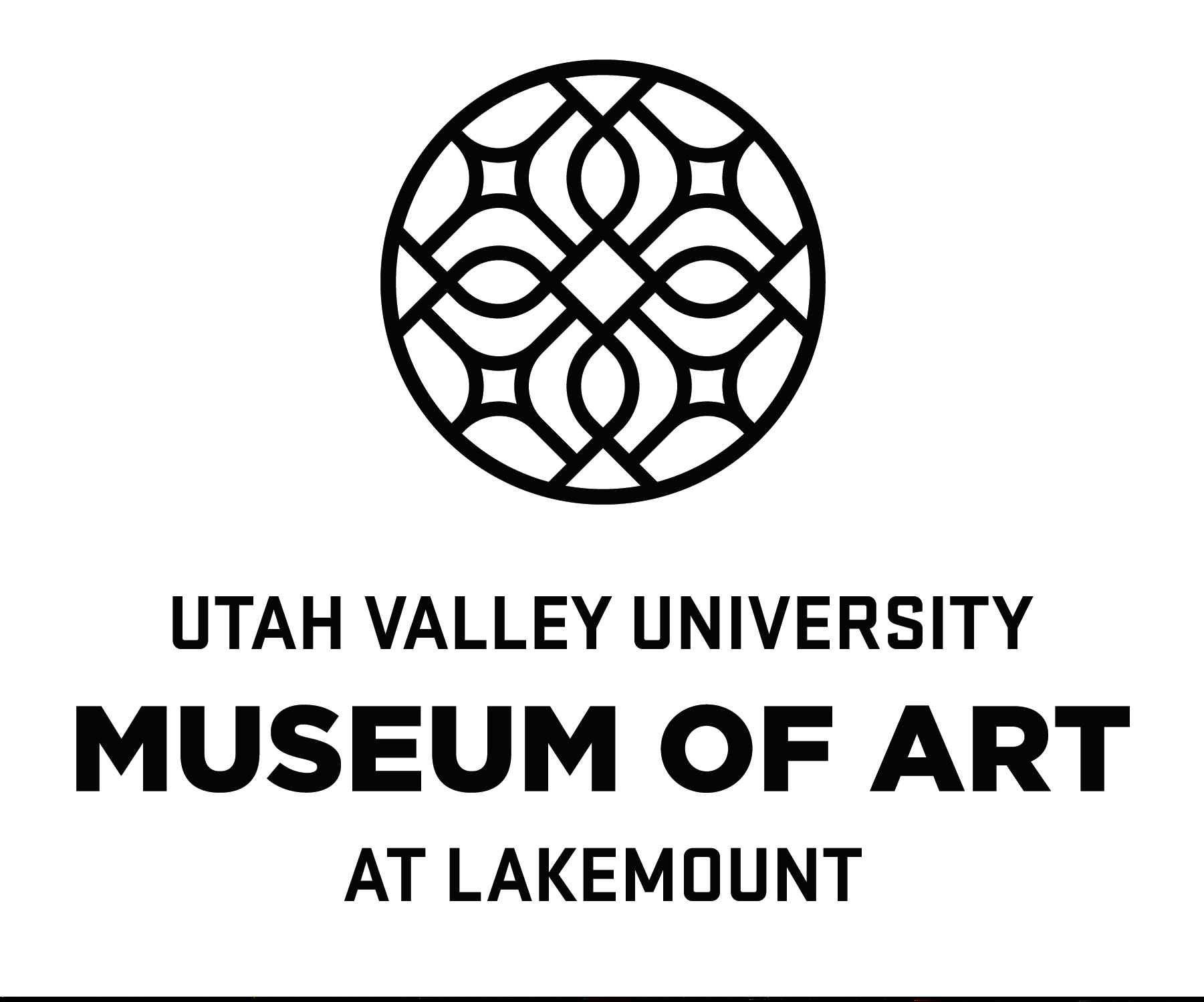Leonardo da Vinci is famously known for paintings such as the “Mona Lisa” and the “Last Supper.” However, he was also a scientist, engineer, mathematician, musician, botanist and architect. Da Vinci spent a great deal of time asking questions while exploring and studying the world around him. He studied everything from nature to the human body. He kept many journals where he wrote and drew his observations and inspirations. His observations of birds led him to sketch a model of a flying machine nearly four hundred years before one was invented. A famous drawing called the “Vitruvian Man” is the result of his tireless study of the human body.
Other artists who kept journals are Frida Kahlo and J.R.R. Tolkien. Kahlo, a Mexican artist known for her self-portraits, suffered from many medical problems and injuries. Her diary was used as an escape, a place to capture her feelings, frustrations, and emotions in words and drawings.
J.R.R Tolkien was an imaginative writer, poet, philologist (someone who studies the history of languages) and professor who is best known for writing The Lord of the Rings and The Hobbit. His study of old European cultures and languages helped him to create his own language and history for his imaginary world. His journals show several maps and sketched ideas for Middle Earth, his famous fantasy world.
Art journaling is a creative way for artists to reflect on their thoughts feelings, observations, and ideas. Many artists use their journals to capture things they see and experience that may provide inspiration for future artwork. Art journaling includes sketching, drawing, painting, and diagrams. Journal entries are the ultimate form of self-expression, giving you the freedom to express yourself however you like.
Activity:
The idea for this project is to create a journal that will inspire you to express yourself through art. Museum educator, Lisa J has been creating art journals ever since she was a child. Her doodling progressed to an obsession for making art. We hope you enjoy returning to your journal to express and record your thoughts, feelings, and ideas.
Materials:
Journals are very individual and personal creations, so you can choose any number of materials to make your journal pages. Some materials you could use include: magazine clippings, newspapers, scrapbook paper, stamps, stickers, watercolor, acrylic paint, colored pencils, ink, or pens. The journal itself can be as simple or intricate as you like. Your journal can be one you make yourself or one you purchase. It can be a simple spiral notebook or pages you keep in a box or binder. Note: If you decide to make your own journal, you will need paper that you are sure can hold your materials.
Materials Used:
● Art journal book w/mixed media paper
● Watercolor
● Paint Brush
● Ink
● Pen
● Magazine Cut-outs
● Pencil
● Glue
● Scissors
Directions:
1 - Decide what you want to create. You can start by asking yourself a few questions:
Do you want to express feelings or emotions?
Do you want to record something you heard or saw today?
Do you have an idea for an artwork that you want to write about or sketch?
Do you want to explore what’s in your imagination?
These are just a few examples to help you find some inspiration, but the possibilities are truly endless!
2 - Sketch or doodle your ideas to give you something to reference. If you want to take a less structured approach, you can also just freestyle, creating your inspiration as you go.
3 - Take some time to stop and evaluate as you write or draw. This will give you time to think of new ideas or feelings you might want to include.
4 - If you like, you can add embellishments to further express your ideas.
5 - Finally, decide how often you want to work on your journal. Some people add entries daily, weekly, or bi-weekly. However often you decide to use your journal, it is a great way to capture and reflect upon your experiences.
We hope you find joy and inspiration from this project!
